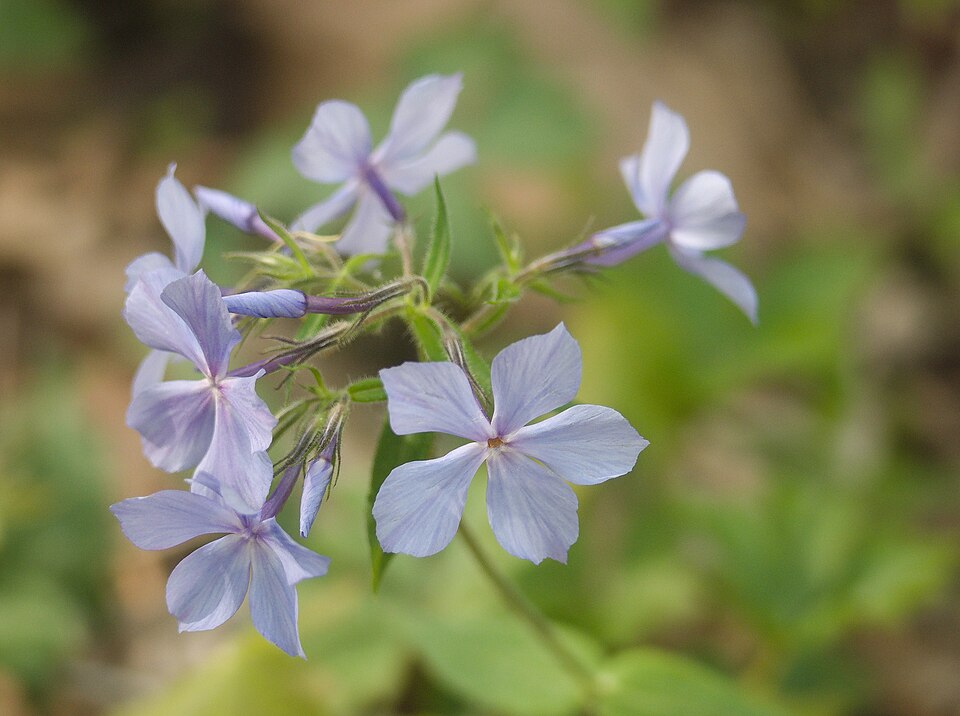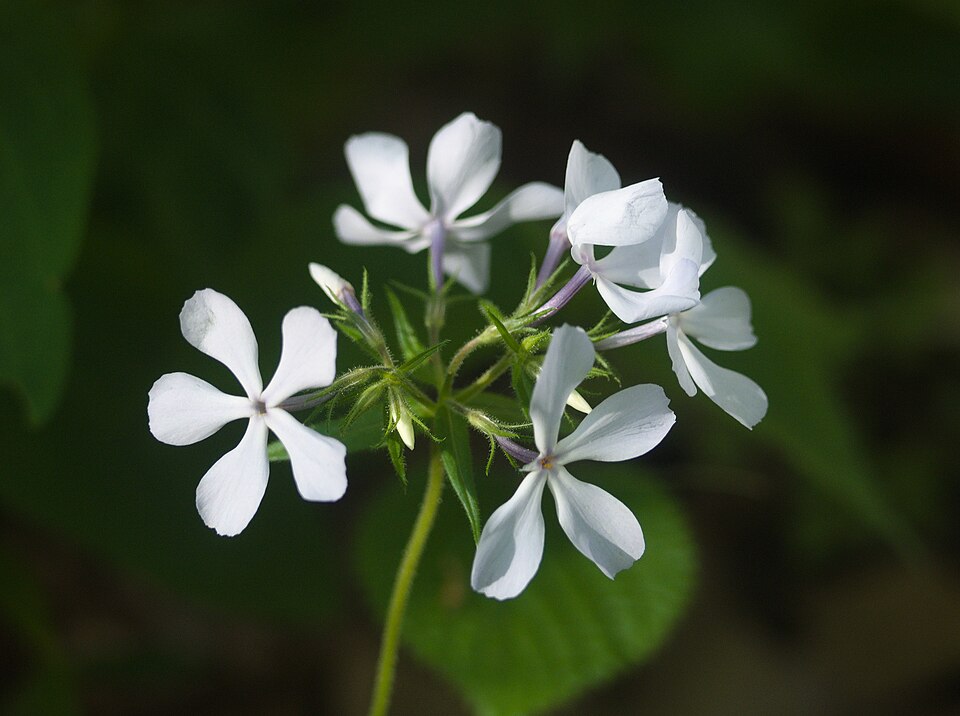
Mid-spring flowers are at their peak in the woods, but some of the earlier spring flowers are still blooming.








Mid-spring flowers are at their peak in the woods, but some of the earlier spring flowers are still blooming.








Although blue is the canonical color of Blue Phlox or Woodland Phlox, it occurs in shades from pure white to purple. Here we have blue, white, and lavender forms, all growing along the Trillium Trail in Fox Chapel.

For a full description, see the Phlox divaricata reference page.



Much treasured as a garden flower, this native perennial is abundant in some of our wooded parks. Here we see a large patch in Bird Park, Mount Lebanon.


Sometimes a white or nearly white form appears; the range of shades is continuous from deeper blue to almost pure white.


For a description of the species, see the Phlox divaricata reference page.

Blue or Woodland Phlox blooming along the Trillium Trail, Fox Chapel, April 22. For a full description, see the Phlox divaricata reference page.


This beautiful plant has appeared here more than once, but here we have some fine deep pink Phlox from the Seldom Seen Greenway, where they were growing next to Saw Mill Run.

We repeat what we have said before about Phlox paniculata:
Pittsburgh is in the native range of Phlox paniculata, but the flower is so popular in gardens, and persists and spreads for so many years after planting, that we always have to suspect any individual plant of being a garden escape. It is often found near old homesites (as it was here in Seldom Seen, where the trail along Saw Mill Run was the main street of a little village until sixty years ago).
Phlox is so much beloved in Pittsburgh that any plant with a vaguely similar inflorescence is likely to be called “Phlox,” Dame’s Rocket (Hesperis matronalis) and Soapwort (Saponaria officinalis) being two notable examples. This, however, is the real thing.
The flowers come in a range of colors from white through pink to purple. In the Pittsburgh area at least, the species shows a remarkable affinity for the edges of old cemeteries, where perhaps it was once a popular planting.


